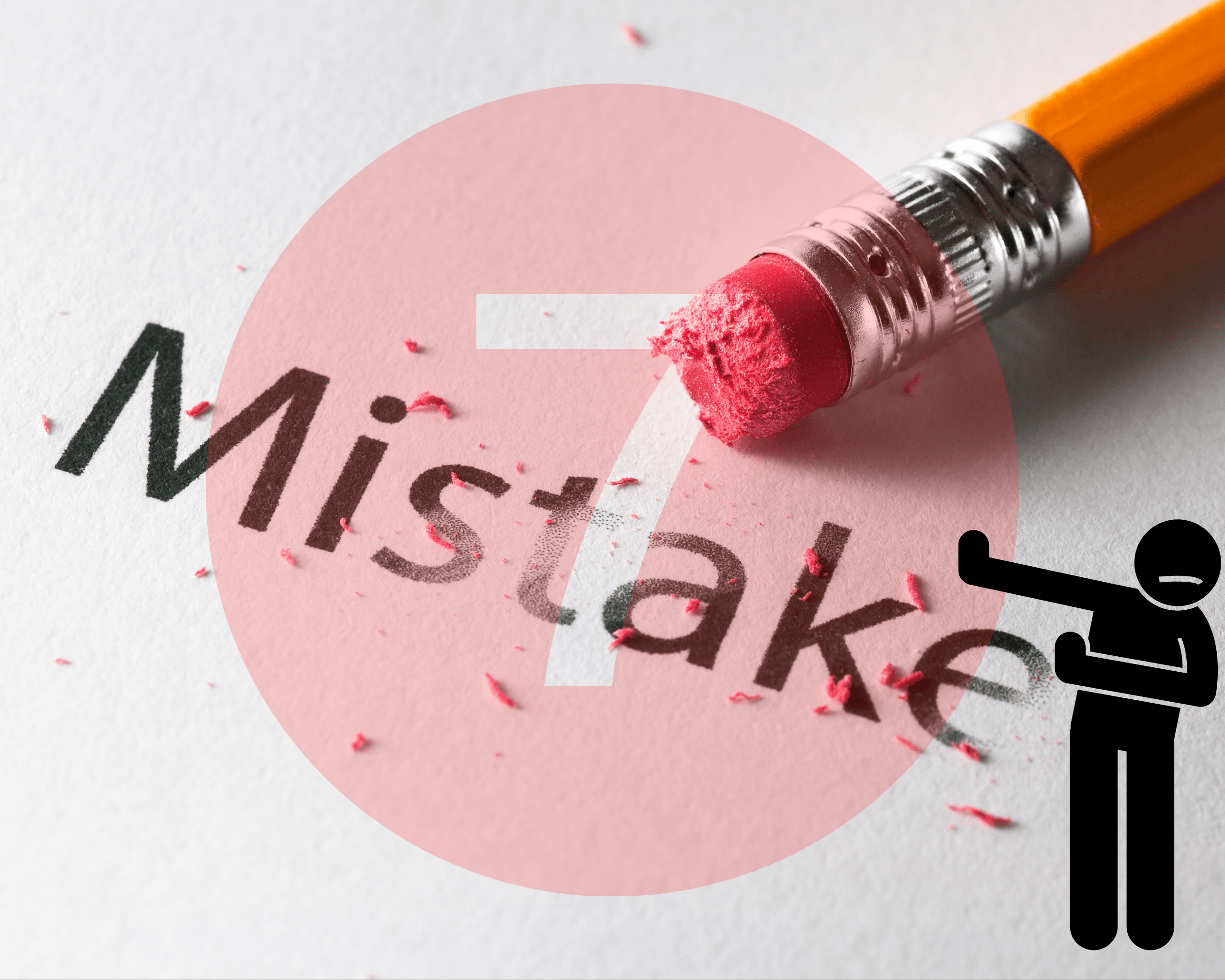SBIC Financing for Growth & Acquisitions: An Owner’s Guide
For owners planning to scale or buy a company, Small Business Investment Companies (SBICs) can be a patient, flexible source of debt, equity, or hybrid capital. This advisory guide explains how SBICs work, who qualifies, pros and cons, and how they compare with venture capital, private equity, and bank loans—plus real-world case studies.
Contents
What Are Small Business Investment Companies (SBICs)?
A Small Business Investment Company (SBIC) is a privately-owned investment fund licensed and regulated by the U.S. Small Business Administration (SBA). SBICs invest in qualified U.S. small businesses using a mix of their own capital and SBA-backed leverage. They can provide debt, equity, or hybrid mezzanine financing to fuel expansion, acquisitions, and ownership transitions.
How SBIC Financing Works
SBICs raise private capital (from banks, institutions, and HNW investors) and then access additional leverage from the SBA—often up to 2:1 on private capital—creating a larger pool to deploy into small businesses. That structure helps SBICs offer longer tenors and more creative structures than most banks.
Common SBIC Structures
- Debt (Subordinated or Cash-Flow Loans): Typically 5–10 year terms, interest-only periods, balloon at maturity, and lighter collateral than banks. Useful for funding acquisitions, growth capex, or working capital when senior lenders won’t stretch.
- Equity (Minority Stakes): Patient growth capital without a push for control. Owners keep decision-making authority; SBIC participates in upside through preferred equity or common equity.
- Hybrid / Mezzanine: Debt with warrants or convertible features. Bridges gaps between bank senior debt and common equity in buyouts or roll-ups.
Typical Use Cases
- Acquisition of a competitor, customer, or supplier (including carve-outs)
- Management buyouts (MBOs) and partner/shareholder buyouts
- Organic expansion: new locations, product launches, key hires, systems upgrades
- Recapitalizations to clean up the balance sheet or refinance higher-cost debt
Who Qualifies for SBIC Funding?
While each SBIC has its own mandate, most look for financially viable U.S. small businesses with a credible growth plan. A simple rule of thumb:
- U.S. small business status: Meets SBA size standards (often <500 employees, plus revenue/earnings tests)
- Use of proceeds: Active, operating businesses—no passive real estate or speculative finance
- Financial profile: Clear path to service debt and/or create equity value; experienced management team
Many SBICs favor “lower middle market” companies with positive cash flow. High-potential earlier-stage companies can still be considered—especially with hybrid structures—if the plan supports repayment or value creation.
Pros & Cons of SBIC Financing
Advantages
- Flexible structures: Debt, equity, or mezzanine tailored to your plan and cash flows
- Founder-friendly: Minority equity, non-controlling posture; you keep the wheel
- Patient capital: Longer terms, interest-only periods, and alignment with multi-year growth
- Bridges the bank gap: Funds uses banks often won’t—intangibles, goodwill, buyouts
- Stackable: Pairs well with senior bank lines to optimize blended cost of capital
Potential Drawbacks
- Eligibility limits: Must meet SBA size and use-of-proceeds rules
- Cost vs. banks: Pricier than senior bank debt; cheaper than hard money or heavy dilution
- Process: Investment-style diligence and documentation; plan for weeks-to-months timelines
- Some oversight: Reporting and covenants are typical; equity may include board/observer rights
- Deal size band: Ideal for lower middle market; very large checks may require co-investors
SBICs vs VC, PE, and Bank Loans
| Dimension | SBIC | Venture Capital | Private Equity (Buyout/Growth) | Bank / SBA 7(a) |
|---|---|---|---|---|
| Typical Stage / Profile | Established small businesses; cash flow or clear path | Earlier-stage, high-growth potential | Control or large minority in mature companies | Stable, asset-backed, predictable cash flows |
| Structure | Debt, minority equity, or mezzanine | Equity (sometimes convertibles) | Majority/control equity (often leveraged) | Senior secured loans/LOCs; personal guarantees common |
| Owner Control | Generally retained (non-controlling) | Significant influence; board & protective provisions | Often majority control; governance changes likely | Full control retained (within covenants) |
| Cost of Capital | Mid (higher than banks; lower than hard money/equity) | High (dilution; exit-driven) | High (equity + leverage costs) | Lowest (if approved) |
| Use Cases | Acquisitions, MBOs, recap, growth | R&D, PMF, blitzscaling | Buyouts, roll-ups, professionalization | Working capital, equipment, RE-backed |
| Process Speed | Moderate (investment diligence) | Variable; often fast if hot round | Moderate to lengthy (full buyout process) | Variable; strict underwriting & collateral tests |
Case Studies: What SBIC Capital Enables
Regional Services Platform → Strategic Exit
A regional environmental services firm used a mix of senior debt and SBIC mezzanine to fund add-on acquisitions, build out compliance systems, and expand geographically. With patient capital and minority governance from the SBIC, the company tripled EBITDA in six years and ultimately sold to a national strategic acquirer—creating a strong management payout while preserving founder control throughout the scale-up period.
Working Capital to Scale Impact
A contractor serving low-to-moderate income communities secured a senior working-capital facility from an impact-focused SBIC to expand into new markets, finance inventory, and build project pipelines. The long-dated capital structure (paired with light covenants) enabled capacity growth without starving operations—unlocking steady revenue compounding.
Iconic Company Roots
Several now-household names received SBIC-backed capital early in their journeys. In each case, non-controlling, patient investment provided the runway to commercialize product, build distribution, and professionalize operations before larger institutional rounds or exits.
Quick FAQs
How big are typical SBIC checks?
Many SBICs focus on $1–10M per portfolio company (some smaller, some larger, often with co-investors for bigger needs). The program is designed for the lower middle market.
Will I lose control if I take SBIC capital?
Generally no. SBICs are non-controlling by design. Even with equity, positions are usually minority. Expect reporting and reasonable protections, not a takeover.
Is SBIC money cheaper than a bank loan?
No—banks are cheapest if you qualify. SBIC pricing sits between bank senior debt and hard-money/private mezzanine, often with better flexibility and patience than either extreme.
What slows SBIC closings?
Investment-style diligence (quality of earnings, legal, market), SBA-compliant documentation, and aligning a blended stack with senior lenders. Start packaging early.
Next Steps & Owner Checklist
- Define the plan: Amount, use of proceeds, timing, and expected impact on revenue/EBITDA.
- Assemble your data room: 3 years financials, YTD, projections, KPI dashboards, org chart, customer & supplier concentrations, legal docs.
- Map your capital stack: Senior bank line/term note + SBIC (debt, equity, or mezz) + seller note (if applicable) + owner equity.
- Target fit-first SBICs: Sector, check size, geography, and thesis alignment. Warm intros help.
- Pre-diligence your story: Unit economics, growth levers, integration plan (for M&A), and a credible repayment/return path.
- Negotiate for resilience: Interest-only runway, covenant headroom, and room for add-on investments.
This guide is educational and not legal, tax, or investment advice. Engage qualified counsel for transactions.





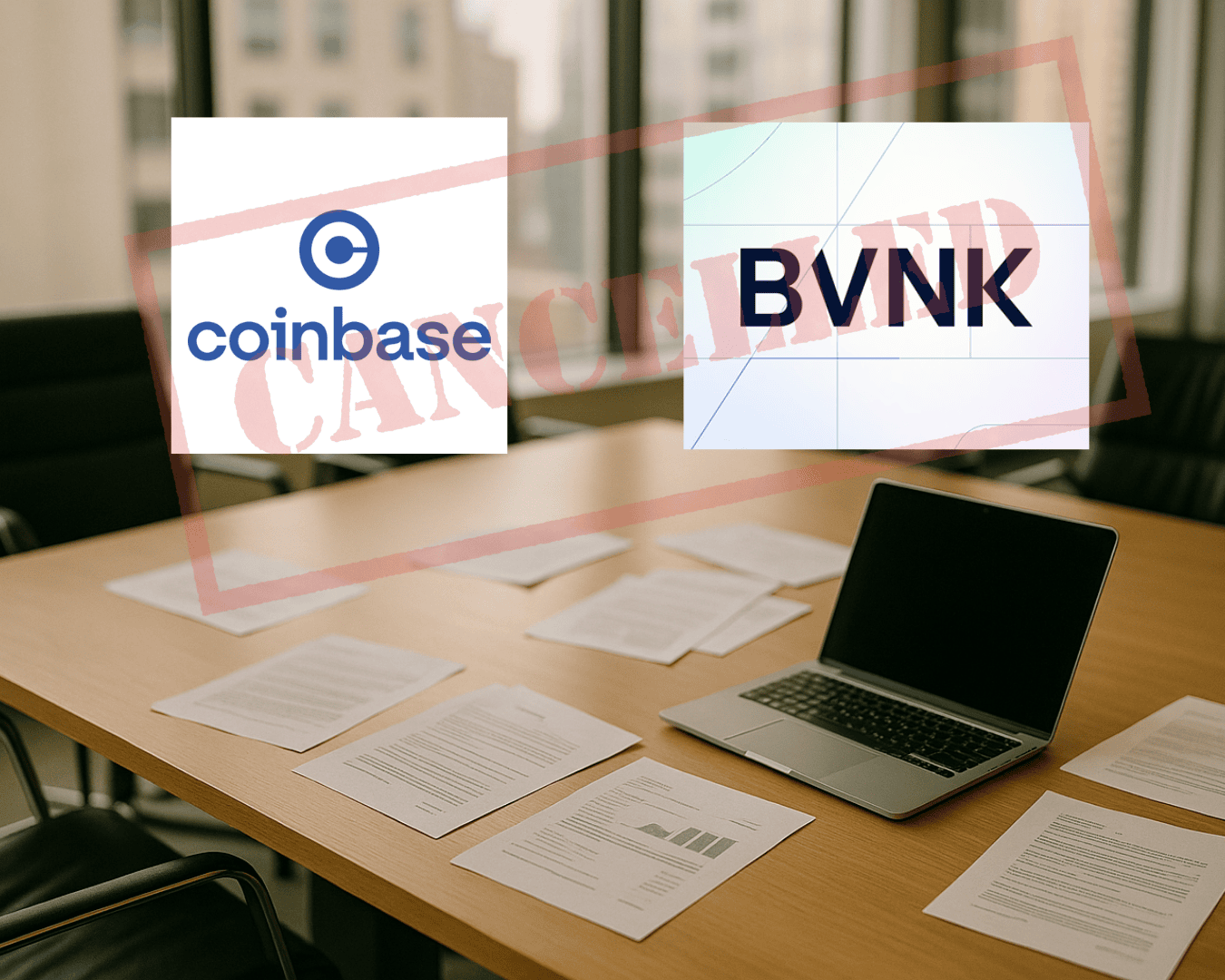









.png)




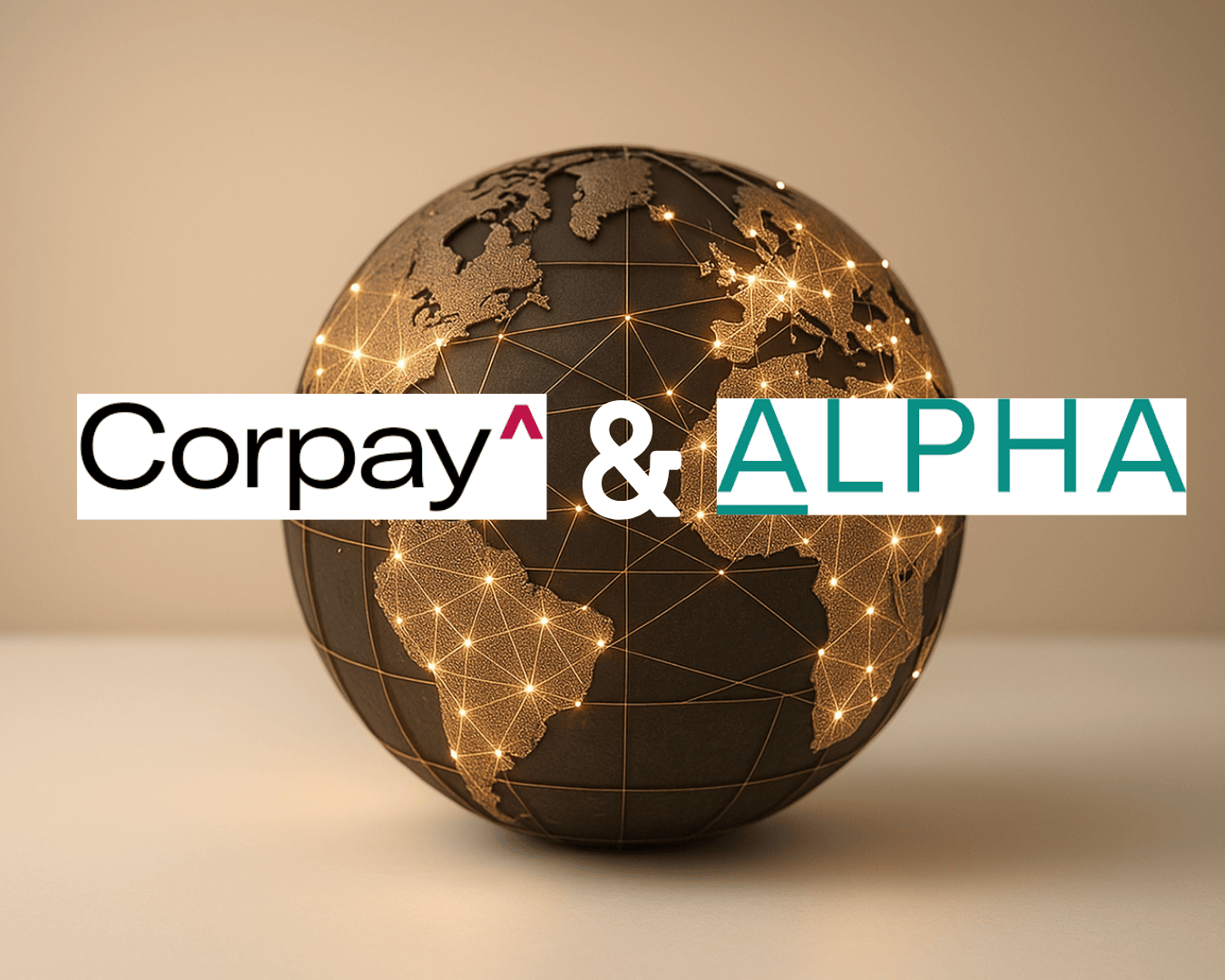












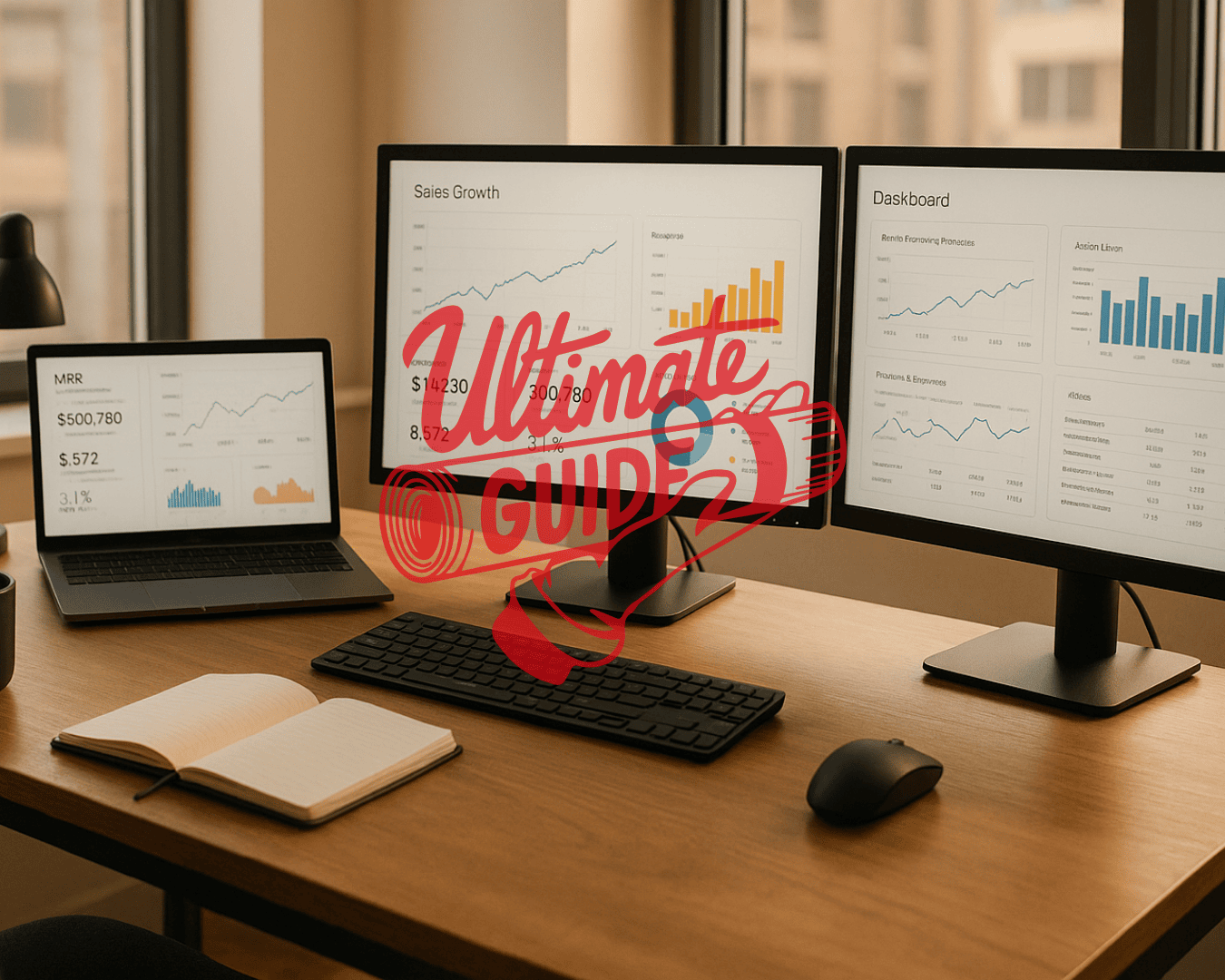










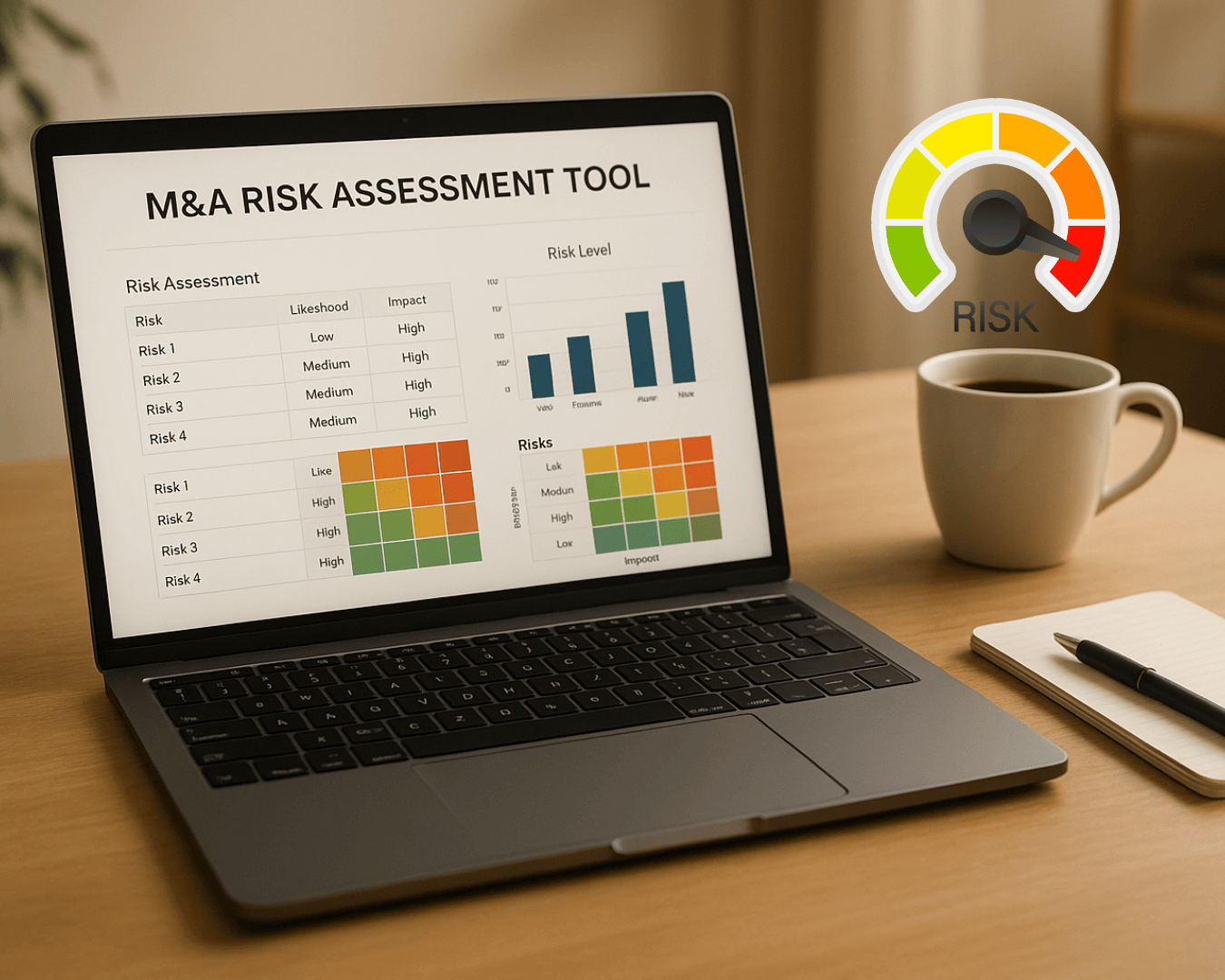


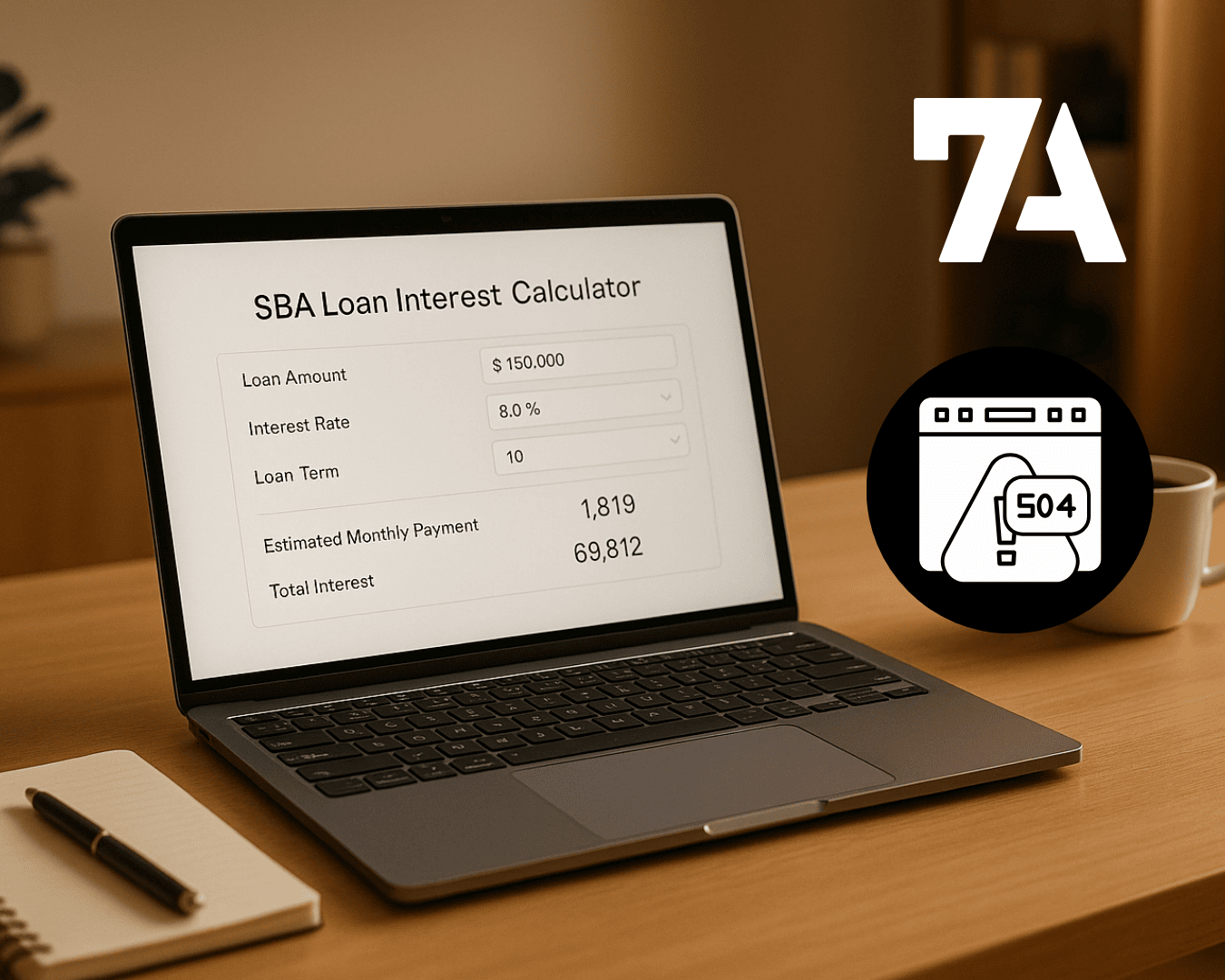








%20Loan%20Application%20Checklist.png)
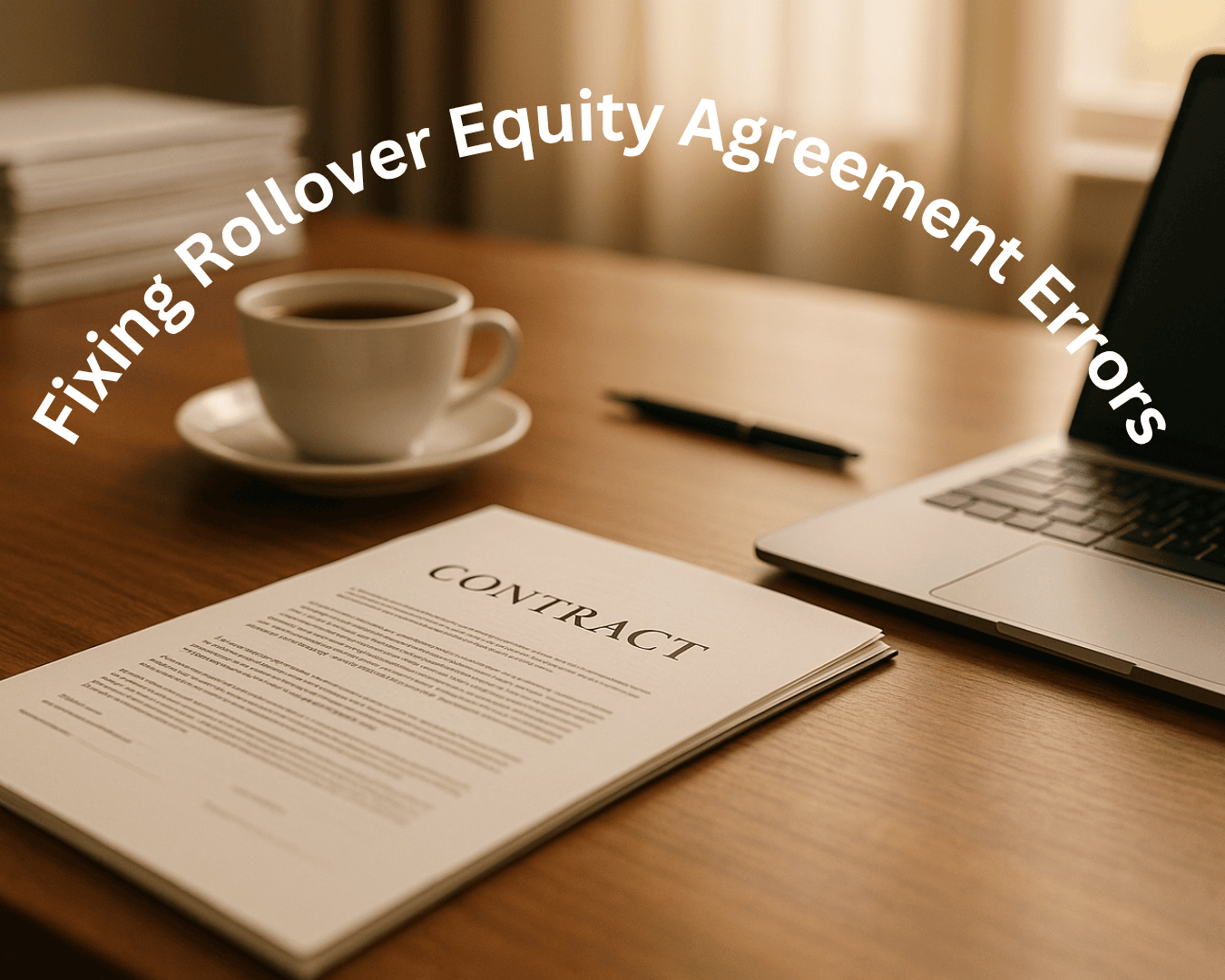

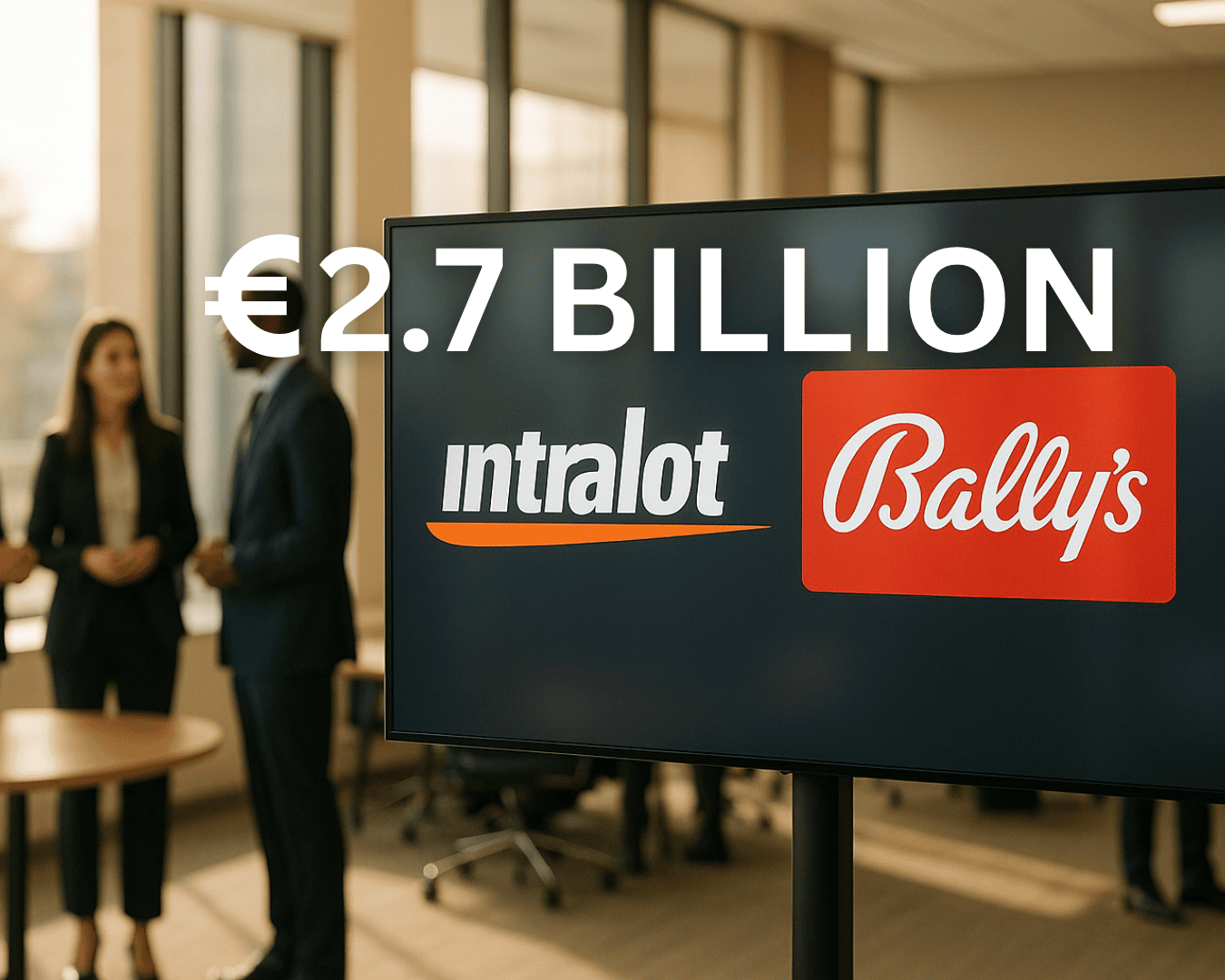



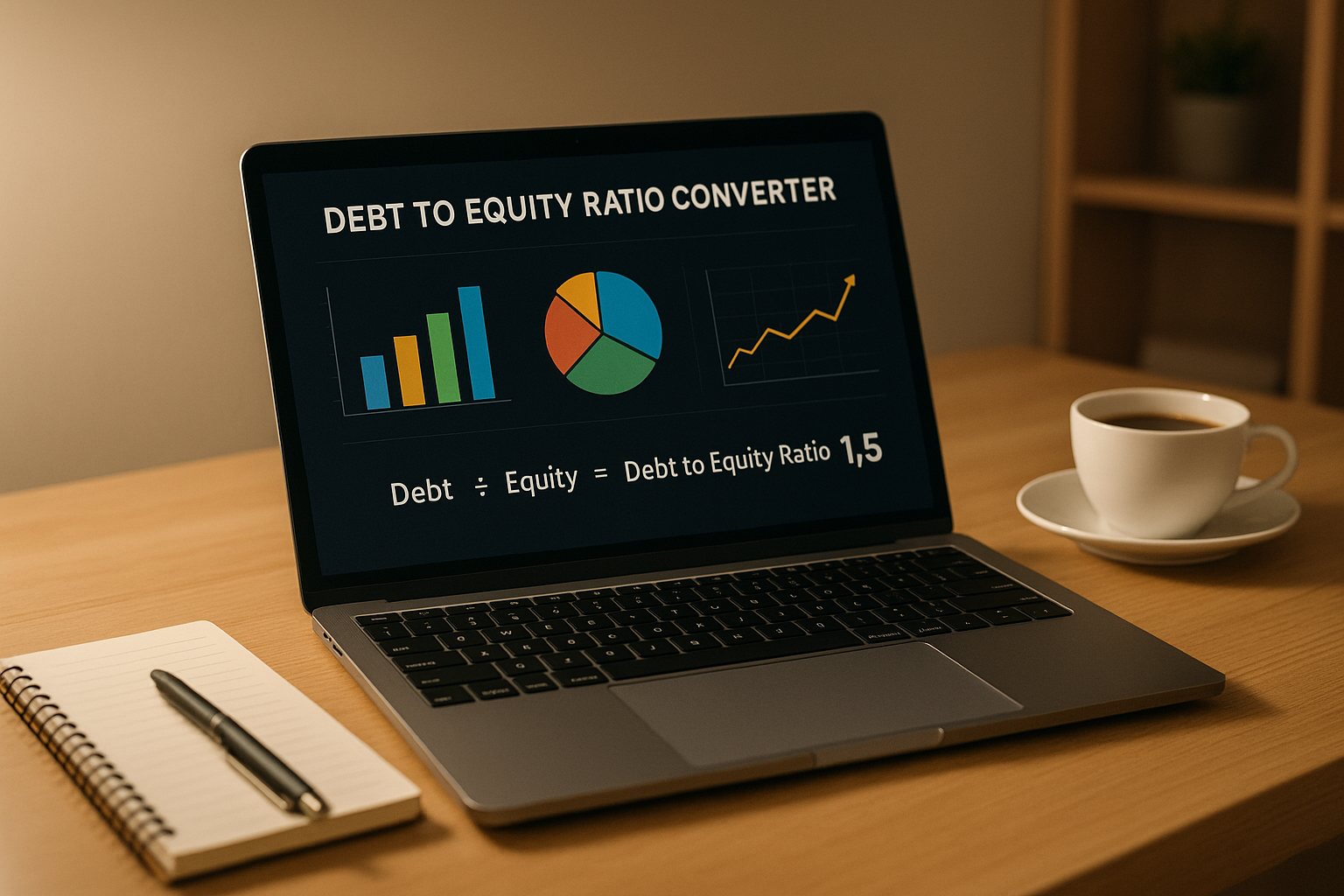






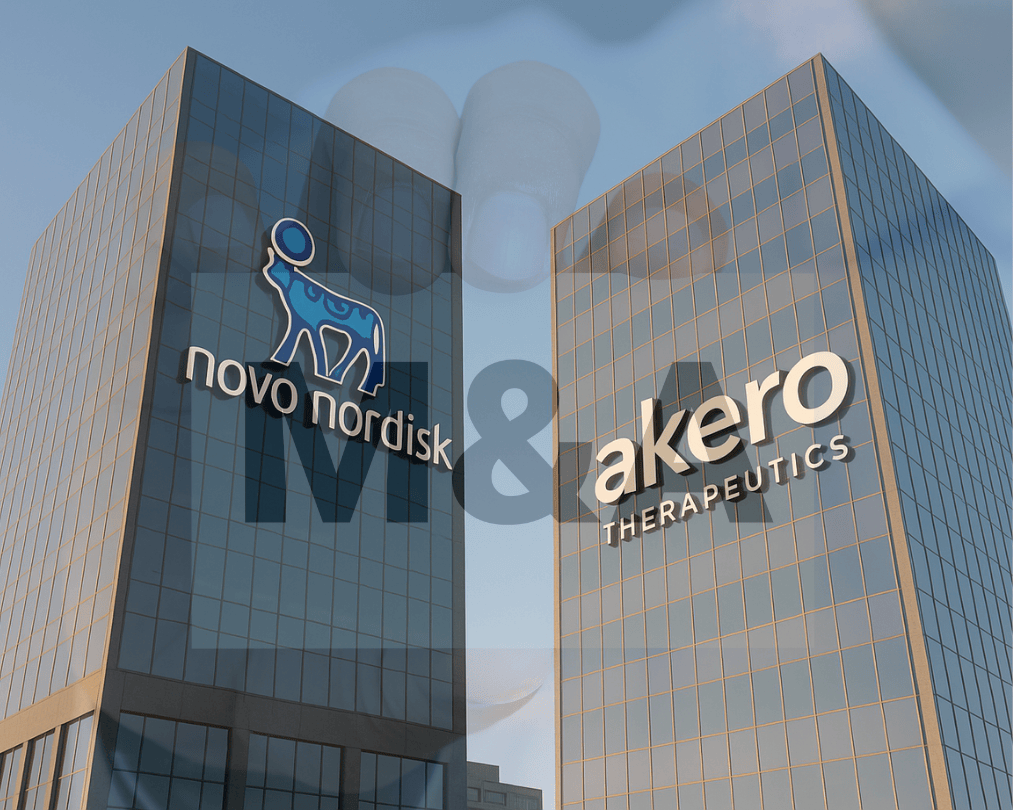



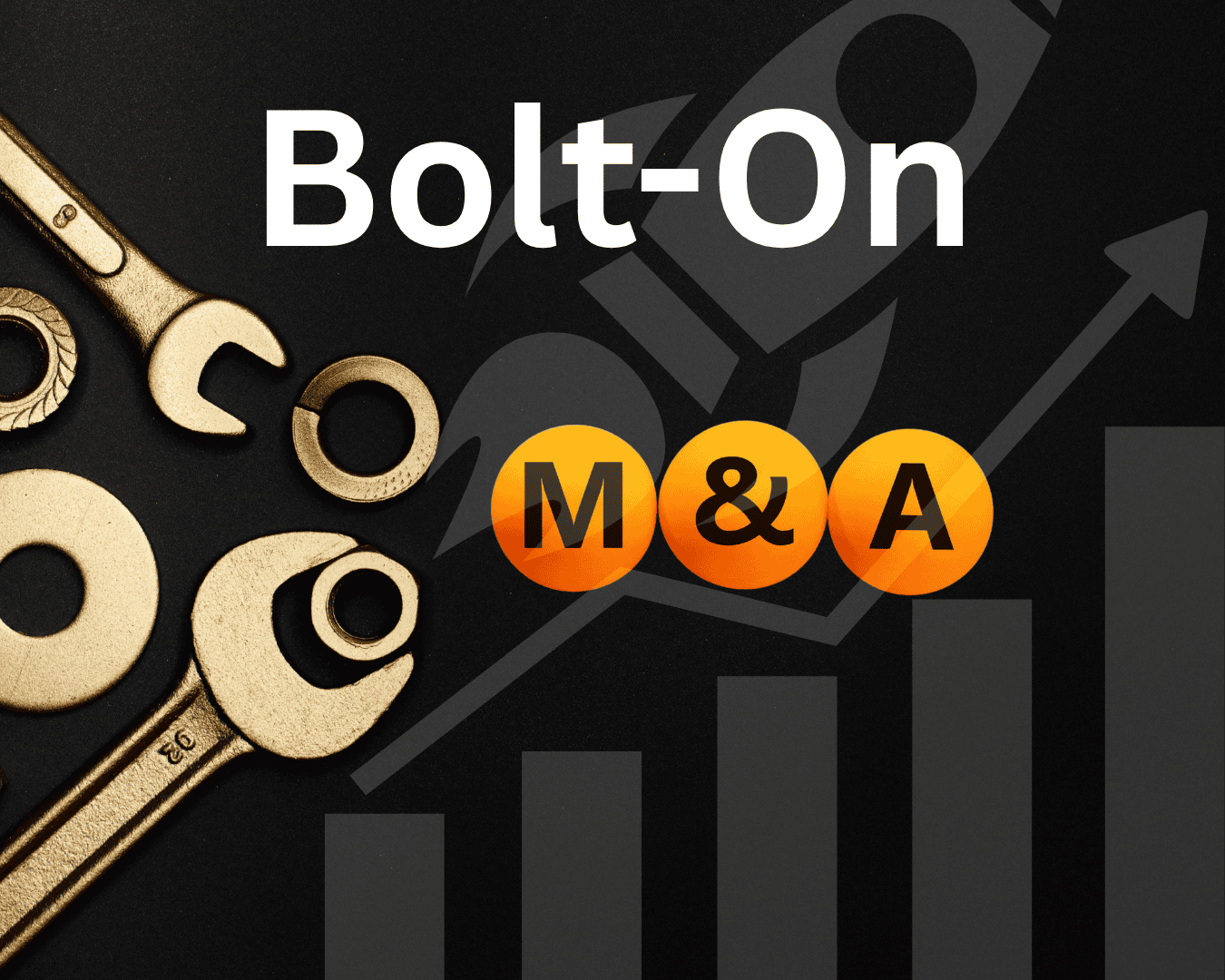













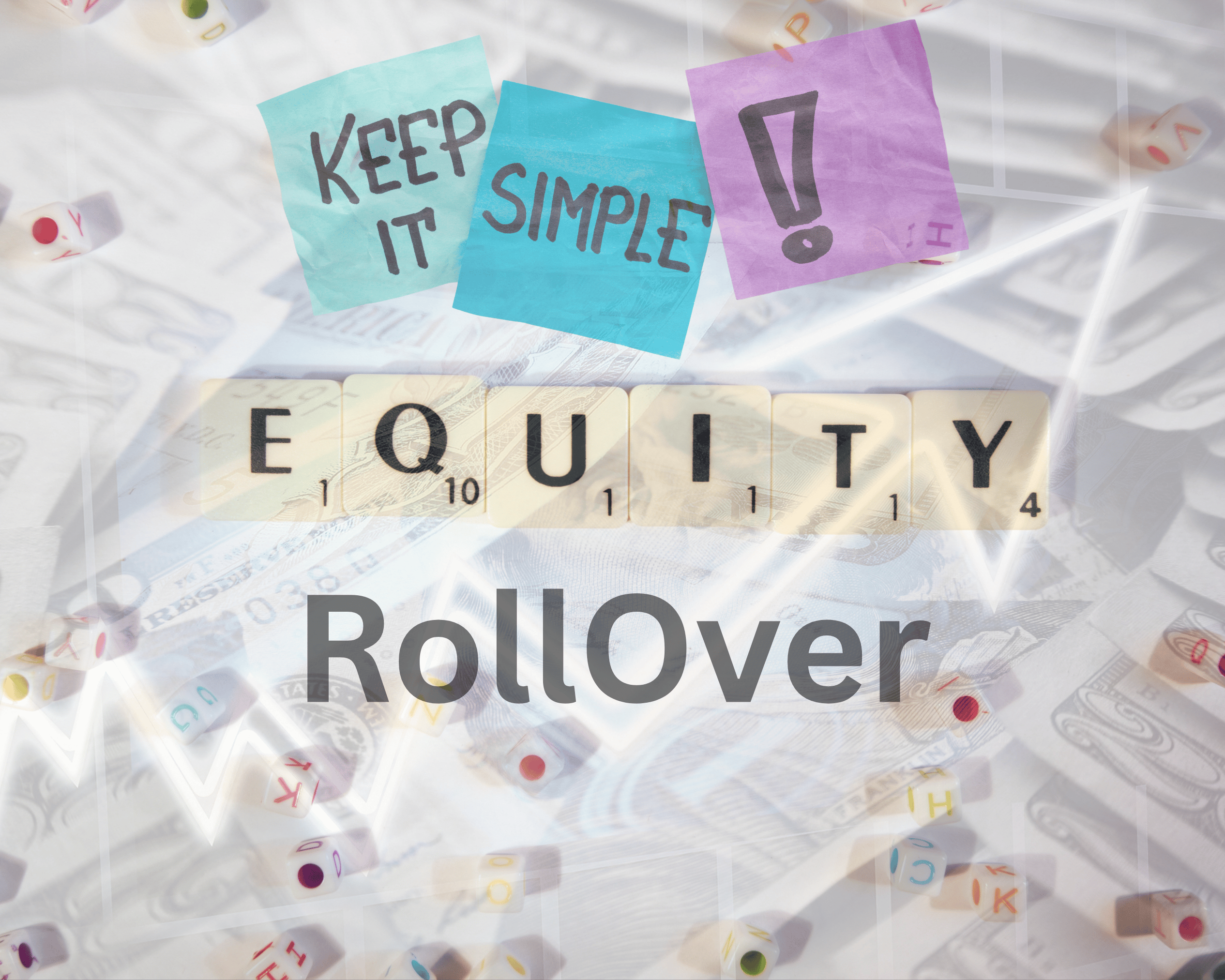







.png)
%20Loans%20%26%20Your%20Buy-Side%20Edge.png)



